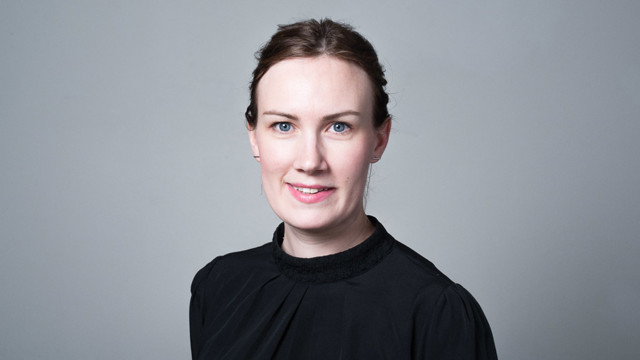Anders Ynnerman and Jonas Unger recieve the Chester Carlson Research Award
Researchers Anders Ynnerman and Jonas Unger recieve the Chester Carlson Research Award of 50,000 Swedish Kronor each for their contributions to research in visualization and computer graphics. The prize has been awarded since 1985 to promote scientific research in the field of information science.

Photo:Thor Balkhed, Linköping university
- This year's recipients of the Chester Carlson Research Award have developed world-leading methods for visualizing large and complex data in astonishing ways. Their technology has contributed not only to support academic research and industrial applications but has also played a significant role in the future of scientific communication and learning. A well-known example is the Virtual Autopsy Table used in medical practice and education, as well as by visitors to museums and science centers, says Lars-Erik Eriksson, IVA fellow and chairman of IVA’s Foundation for Research in Information Science.
Motivations
Anders Ynnerman is awarded for successfully establishing the Visualization Center C, where he has built an outstanding research group, promoted collaboration and innovation, and created a public arena with 200,000 annual visitors. His early recognition of the importance of visualizing large datasets has enhanced the understanding and application of visualization as a central method for interpreting and deriving value from data. The center has resulted in a unique and coherent chain of visualization expertise, spanning from fundamental research to practical applications. Anders is currently leading the WISDOME project, which establishes Visualization Domes across the entire country.
Jonas Unger is awarded for founding several companies in computational image processing, with a focus on areas such as sensor simulation, synthetic data, and photorealistic image synthesis. Jonas entrepreneurship has not only yielded practical solutions for autonomous vehicle applications and robot navigation but, by sharing his results as open-source code, he has inspired other researchers and innovators to leverage his work and drive further innovations.
This year's prize will be awarded on Tuesday, September 21.



